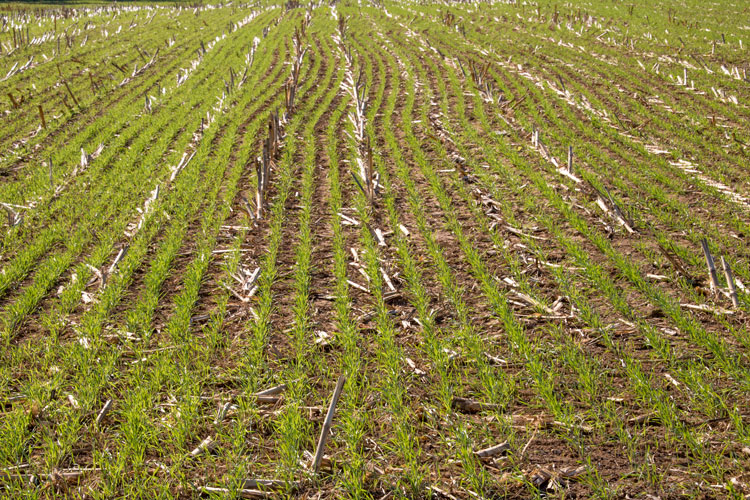
When preparing for planting after corn silage harvest, farmers need to consider forage inventory, cereal grain management, economics, and trying new forages, advised Matt Akins, dairy specialist with the UW-Madison Division of Extension, during his presentation “Making decisions for 2021: planting after corn silage harvest.”
“Before we can make any forage cropping decisions, we really need to take into consideration the inventory that you have on hand, and you really want to be doing this throughout the year,” Akins said during the “Farm Management Update for Ag Professionals” webinar.
During spring, mid-summer, and postharvest, farmers can evaluate storage, purchases, harvest decisions, and forage feeding rates to make necessary adjustments.
“You really need to think about — before you start making crop decisions — what you actually need and what is the acreage you need to produce that,” he said.
Cereal grain forage options following corn silage include fall-planted winter rye, triticale, and wheat, while spring/summer planted cereals are oats and spring barley. Spring/summer plantings yield 1 to 2 tons of dry matter, while summer/fall plantings can yield 1 to 3 tons of dry matter, Akins reported on Midwest growing conditions.
“These are really unique forages . . . the sugar content is very high, and they have very highly digestible fiber, so the energy content of these fall-grown oats is very high and can fit into the lactating cow diets very easily,” Akins said.
Haylage can be partially replaced with these forages, due to the digestibility, but they don’t have the high protein content of alfalfa. Economics also dictate that it can’t be used as a straight substitute for corn silage.
“Replacement of corn silage is really not going to offer a lot of benefits and probably isn’t going to be very economical. You’re probably going to lose production, which is not an ideal situation,” he said.
Other summer/fall forages for farmers to try include a cocktail forage mix or fall-grown oats. He recommends a harvest in October or early November for maximum yield production for oats.
“If you’re able to get that earlier planting, you can definitely get a greater forage production going into the fall,” he said.
As always, he warns farmers to be cautious about late-fall harvests, because cold weather does have a negative effect on fermentation.
The author and her family own and operate a sixth-generation dairy farm near St Johns, Mich.








